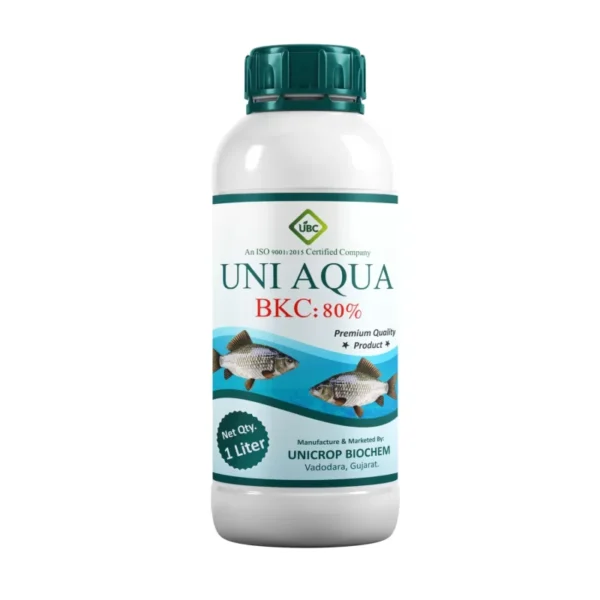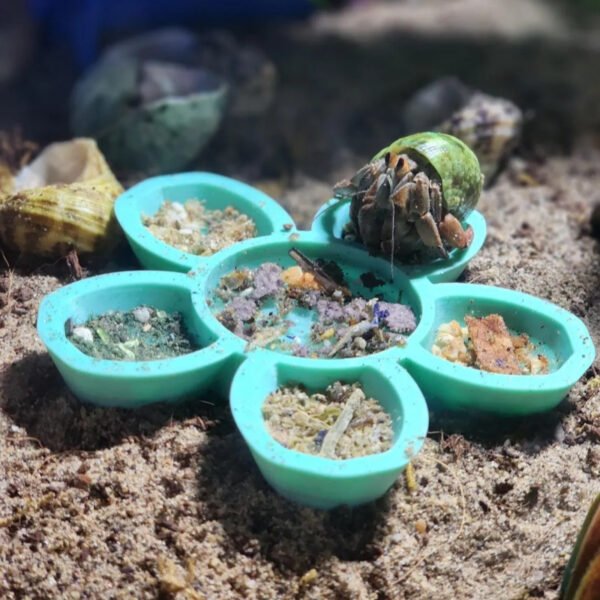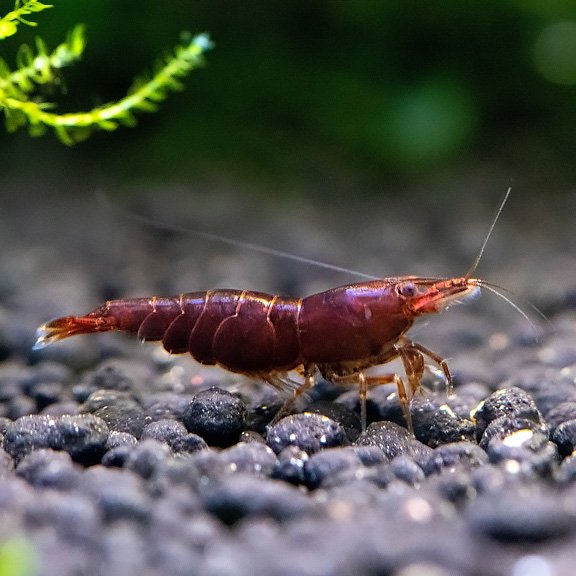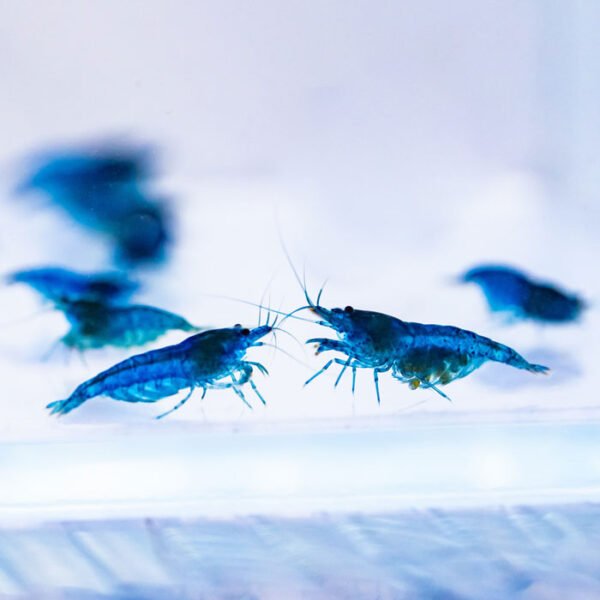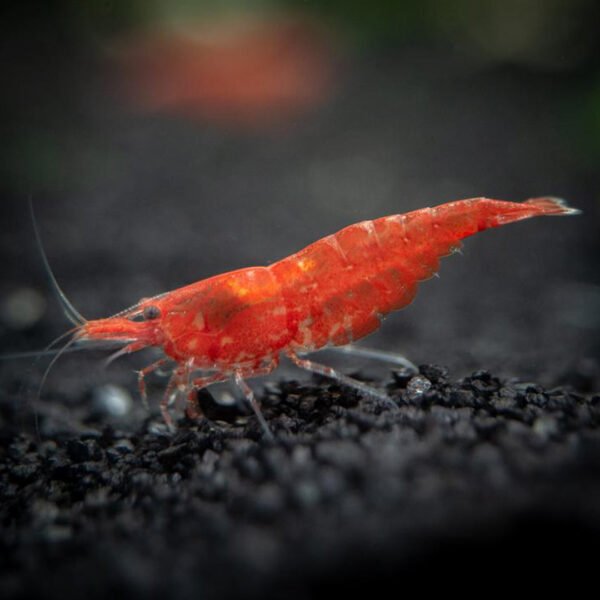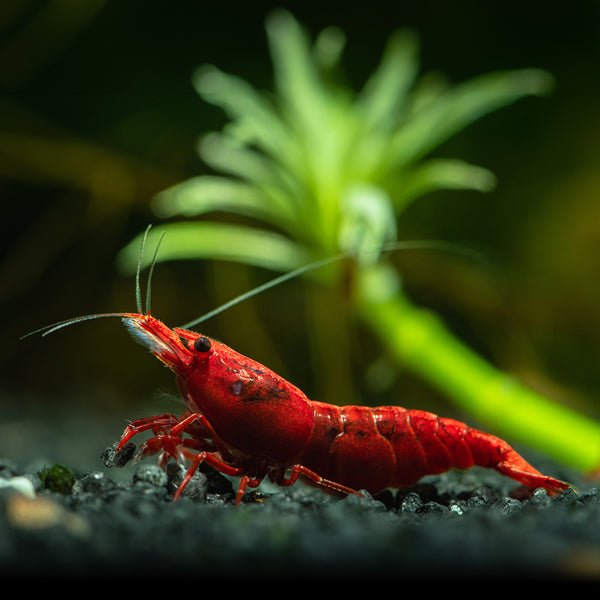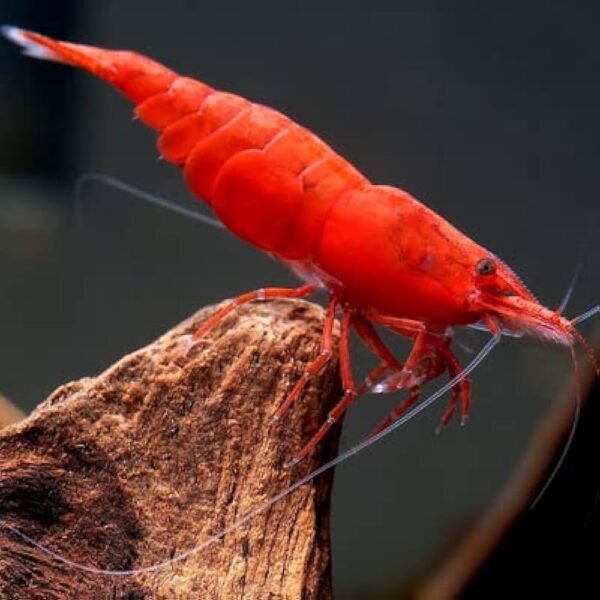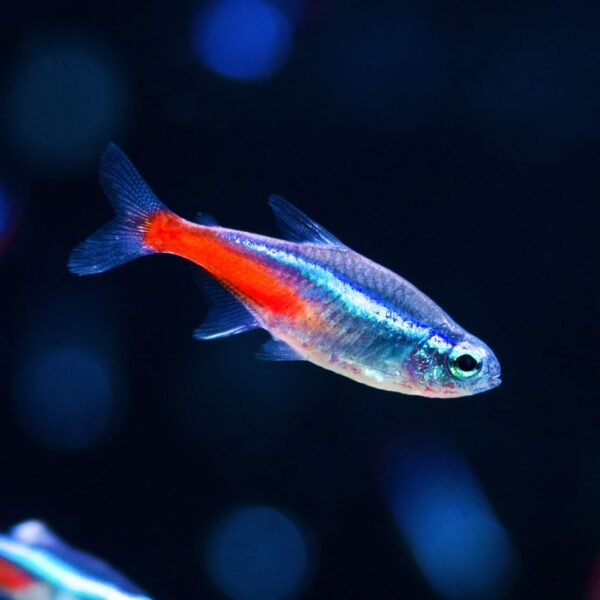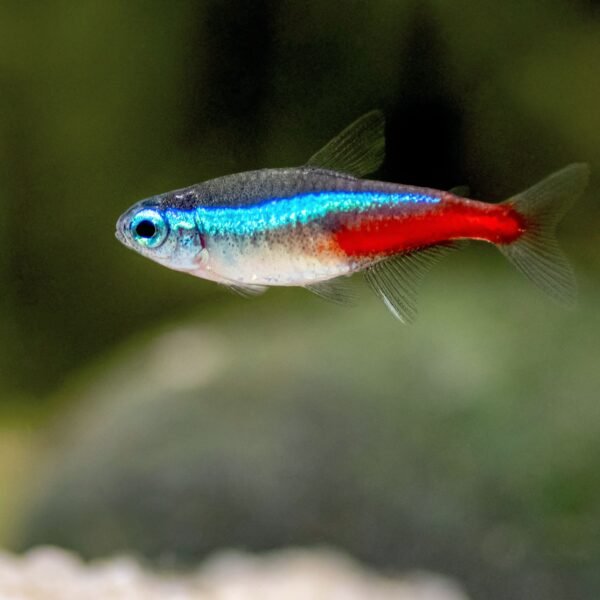Description
Tinfoil Barb (Barbonymus schwanenfeldii)
📌 Basic Info
-
Scientific Name: Barbonymus schwanenfeldii
-
Family: Cyprinidae
-
Origin: Southeast Asia (Thailand, Laos, Cambodia, Sumatra, Borneo, Malaysia)
-
Size: 12 – 14 inches (30 – 35 cm)
-
Lifespan: 8 – 10 years (sometimes longer)
-
Tank Zone: Mid & bottom dwellers
🌊 Water Parameters
-
TDS: 150 – 300 ppm
-
pH: 6.5 – 7.5
-
Temperature: 22 – 28°C (72 – 82°F)
-
Hardness: 5 – 12 dGH
🐟 Characteristics
-
Large, shiny silver body resembling “tinfoil,” with red/orange fins.
-
Active, fast swimmers; need big tanks with open space.
-
Peaceful but can accidentally intimidate or outcompete smaller fish due to size.
-
Schooling fish – look stunning in groups.
🍽️ Food
-
Type: Omnivorous.
-
Diet: Flakes, pellets, live/frozen food (bloodworms, shrimp, insects), blanched veggies (spinach, zucchini, peas).
-
Feeding: 2–3 times daily; needs variety to stay healthy.
🛠️ Maintenance
-
Tank Size: Minimum 75–100 gallons (they grow very large).
-
Filtration: Strong filter with good oxygenation (they are messy eaters).
-
Decor: Open swimming space, driftwood, hardy plants (delicate ones may be eaten).
-
Water Change: 30–40% weekly.
👥 Social Behavior
-
Minimum Group Size: 5–6 (schooling species; fewer may stress them).
-
Tank Mates: Other large, peaceful fish (Silver Dollar, Bala Shark, Plecos, large Gouramis, Oscar in big tanks).
-
Avoid: Very small fish (they may be mistaken for food), aggressive predators.
✅ Do’s
-
Keep in a very large tank or indoor pond.
-
Provide strong filtration and plenty of swimming room.
-
Keep them in groups for natural behavior.
❌ Don’ts
-
Don’t keep in small tanks – they grow over 12 inches.
-
Don’t mix with tiny community fish (risk of being eaten).
-
Don’t overcrowd – they need space and oxygen.
⭐ Quick Tips
-
Striking, active, and hardy barb – but only for large aquariums.
-
Great schooling display fish when kept in groups.
-
Best suited for experienced keepers with big tanks or ponds.



